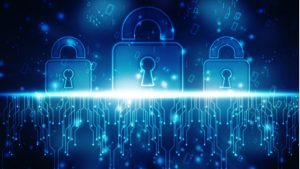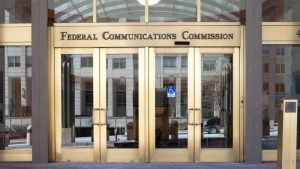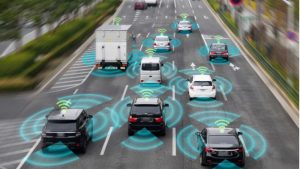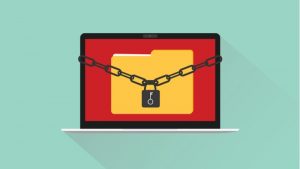As the school year gets underway, the K-12 Cybersecurity Act passed in the Senate.
Two Georgia colleges have announced a new initiative intended to help strengthen the cybersecurity workforce.
A new survey found that a majority of teachers (77 percent) believe technology will help them be more effective post-pandemic.
Acting FCC Chairwoman Jessica Rosenworcel announced the appointment of three new members to the Intergovernmental Advisory Committee (IAC), which provides expertise for local, state, and Tribal governments.
The Nebraska State Patrol (NSP) has launched a new drone program to quickly and efficiently clear roadways while conducting thorough crash investigations.
The Fire Department of the City of New York (FDNY) has launched a new computer-aided dispatch system (FireCAD) to replace its now-retired STARFIRE system, Business Wire reported. The system was launched with the help of professional services firm Accenture, which designed and developed the platform.
As the ink is still drying – or its equivalent for a liquid crystal display screen – on the 12th edition of the House Government Operations Subcommittee’s Federal Information Technology Acquisition Reform Act (FITARA) Scorecard, I pondered the question about whether and how the same measurement could be applied to state-level IT operations and progress.
Loyola University Maryland received a $54,852 grant from the Marion I. and Henry J. Knott Foundation to expand outdoor WiFi service for its main Evergreen campus, expanding learning beyond university buildings.
The Federal Communications Commission (FCC) announced the launch of a new map showing nationwide mobile coverage and availability data from the largest wireless providers.
After falling victim to a successful cyberattack, Judson Independent School District in Texas confirmed that it paid a $547,045.61 ransom to “protect sensitive, identifiable information from being published on the dark web.”












